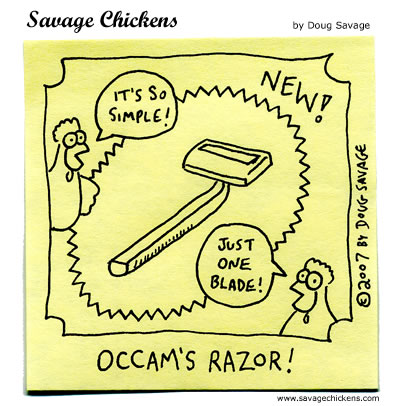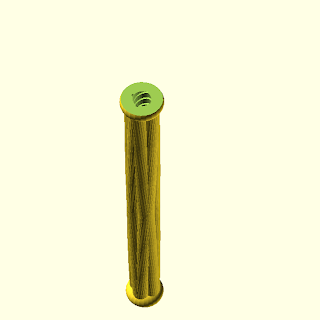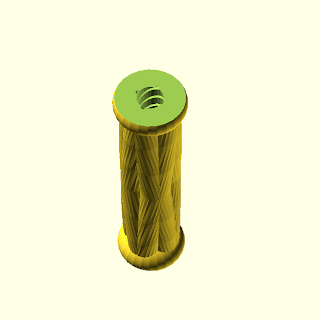Potassium alum – technically known as KAl(SO4)2 – has several interesting abilities and uses; for tanning hides, for clarifying water (settling and removing of particles), making flame retardants and fire extinguishers. as a preservative and spice for pickling, as an alternative for pomade for those sporting a flattop hairstyle, as an astringents and a blood coagulant, and it has antiperspirant and anti bacterial properties.
The later – the antiperspirant and anti bacterial properties – was discovered in antiquity, even if they probably didn’t use those terms back then… after all, bacteria wasn’t discovered until 1676, and their connection with diseases not understood until the last part of the 1800’s. What they did notice back in antiquity was that it would stop you from sweating and stinking up the place… in other words, that alum worked as a deodorant.
For the last year and a half – maybe a bit longer – I’ve been mainly using a hunk of potassium alum under my arms instead of the mix of chemicals that have become more common to use in the western world. It works well for me, if I observe two basic rules:Put it on when I’m fresh out of the shower – it works best at keeping the stench at bay if my pit’s isn’t allready stinking – and put it on damp…
I don’t use alum in the GoBag – I simply can’t guarantee when or if I’ll get a shower on the go, so I resort to more common sorts of deodorants which covers the stench with a different smell.I also don’t use alum on the warmest, muggiest days in the summertime – at least for me the antiperspirant properties of an alum block just isn’t strong enough when I’m sweating like a pig.
Alum antiperspirants can be found in various forms; sticks, gels, roll-ons… or as I prefer, a hunk of alum crystal. If you’re not happy with more common deodorants for whatever reason, I can recommend trying using alum as an antiperspirant instead; it may not be for everybody, but many wetshavers have some already so the cost of trying is near zero.






